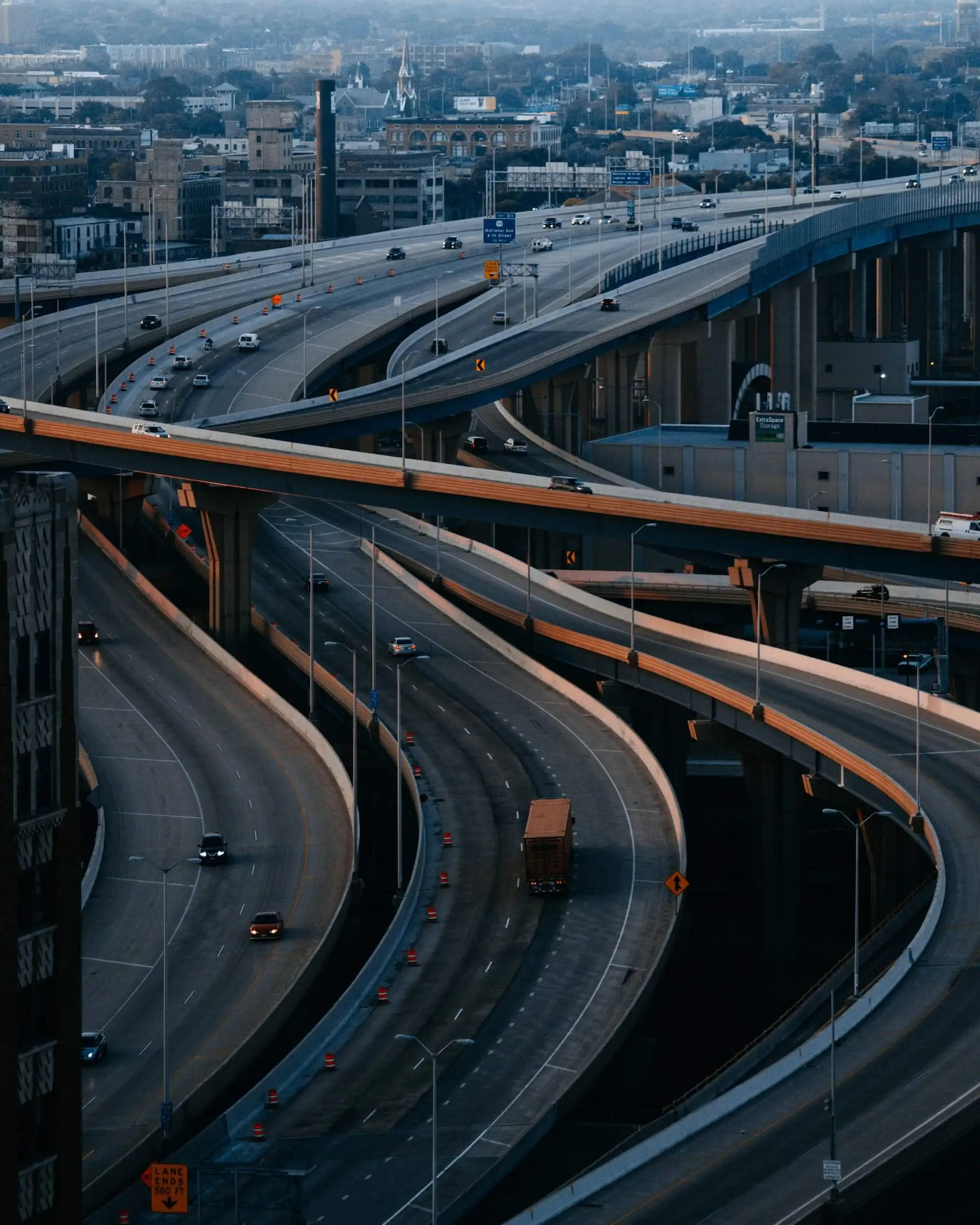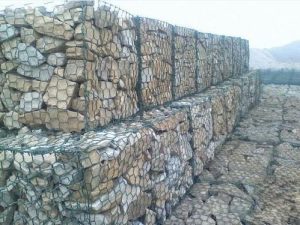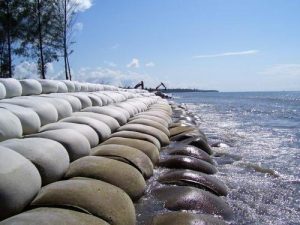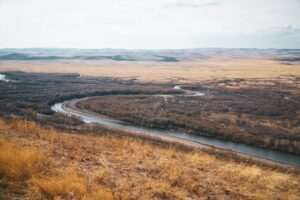Case Study: Enhancing Water Retention Efficiency in Jaipur with Ocean HDPE Liner 750 Micron (5,500 SQM)
Introduction: Tackling Rajasthan’s Water Scarcity with Smart Materials
Rajasthan is one of the most water-stressed regions in India, with annual per capita water availability falling well below the national average. According to the Central Water Commission, more than 70% of Rajasthan’s geographical area is classified as arid or semi-arid. This makes efficient water storage systems not just a necessity but a lifeline for agriculture, industry, and domestic use. In 2025, a leading agro-industrial entity based in Jaipur, Rajasthan, partnered with Ocean Non Wovens to construct a water storage pond using Ocean’s HDPE Liner 750 Micron. The aim was to develop a high-capacity, long-lasting solution for irrigation water retention in an area prone to evaporation and seepage.
The Growing Role of Geosynthetics in Water Storage Applications
Traditional ponds made with compacted soil or concrete often suffer from seepage, erosion, and high maintenance costs. This is where geosynthetics—particularly HDPE geomembranes—offer superior performance:
- Seepage Prevention: HDPE liners have an extremely low permeability (less than 1 x 10⁻¹³ cm/s), making them nearly impermeable.
- UV & Chemical Resistance: Essential in regions like Rajasthan, where high solar radiation and saline water are common.
- Durability: High tensile strength and resistance to punctures and stress cracking ensure a lifespan exceeding 20 years with proper installation.
- Flexibility: Adapts to irregular pond geometries and differential settlement without cracking.
According to a 2022 report by Global Geosynthetics Market Outlook, HDPE geomembranes are among the fastest-growing segments in the geosynthetics industry, with the water conservation sector accounting for over 25% of its usage globally.
The Jaipur Project: Technical Insights & On-Ground Implementation
Scope of Work:
The client required a water retention pond to support year-round irrigation for over 100 acres of farmland. With erratic rainfall and high infiltration rates in the region’s sandy soils, traditional pond designs had proved ineffective in the past.
Material Supplied:
Ocean Non Wovens supplied 5,500 SQM of Ocean HDPE Liner 750 Micron, which was installed over a pre-excavated pond base.
Product Technical Specifications:
| Property | Specification |
|---|---|
| Thickness | 750 Micron (0.75 mm) |
| Material | High-Density Polyethylene (HDPE) |
| Tensile Strength (ASTM D638) | ≥ 25 kN/m |
| Puncture Resistance | ≥ 600 N |
| UV Resistance | > 90% strength retention @ 1600 hrs |
| Seam Strength (Welded) | ≥ 90% of parent material |
| Chemical Resistance | High (suitable for fertilizers, waste) |
Installation Process Overview:
- Base Preparation: The pond bed was graded, compacted, and cleared of all sharp objects to prevent liner damage.
- Panel Laying: HDPE sheets were rolled out with 150 mm overlaps, aligned according to wind direction to minimize uplift.
- Welding: Double hot wedge welding was used for primary seams, followed by extrusion welding for T-joints.
- Quality Assurance: Air pressure testing and spark testing were conducted to check for seam integrity and puncture vulnerabilities.
- Protection Layer: A geotextile cushion layer was laid under and above the liner for enhanced protection and longer service life.
Impact: Tangible Benefits Delivered
The use of Ocean HDPE Liner resulted in a complete elimination of seepage loss and significantly improved the client’s ability to store and manage irrigation water efficiently. The impact is measurable and multifaceted:
- Water Conservation: Prevented an estimated 1.2 million liters/month of seepage loss.
- Operational Savings: Reduced pumping cycles and energy costs by 25%.
- Long-Term ROI: With a lifespan of 20+ years, the total cost of ownership was significantly lower than concrete-lined alternatives.
- Rapid ROI Recovery: The project paid for itself in less than 3 cropping seasons.
The Overlooked Aspects: What Most Don’t Mention
While most case studies emphasize liner strength and waterproofing capabilities, our real-world experience uncovers less-discussed but critical advantages of HDPE geomembranes:
1. Algae and Biofilm Resistance
Pond liners with poor surface finish promote algal buildup, which reduces oxygen levels and affects water quality. Ocean’s HDPE liner 750 Micron has a smooth finish that discourages biofilm formation—ideal for agricultural ponds.
2. Thermal Insulation
The thick liner provides partial thermal insulation, reducing water temperature fluctuations that could otherwise harm sensitive crops or aquaculture operations.
3. Resistance to Root Penetration
In areas where trees or invasive plant roots can puncture traditional liners, our HDPE liner 750 Micron acts as a reliable root barrier—critical in rural Rajasthan where Acacia and Neem are common.
4. Ease of Repair
Our liner comes with on-site repair kits and training, enabling clients to perform emergency patching with minimal downtime—a value-add not commonly offered in the industry.
Why Ocean Non Wovens?
Ocean Non Wovens is not just a material supplier—we are engineering partners in your geosynthetics journey. Our HDPE geomembranes are manufactured using European-grade resins, with strict adherence to international standards like ASTM, BIS, and GRI-GM13.
We provide end-to-end support—from product selection and quantity estimation to on-site training and post-installation inspections. Whether you’re managing a farm pond, industrial lagoon, landfill, or canal lining project, we customize our solutions to suit your environment and budget.
Looking to build a leak-proof, low-maintenance, and long-lasting water storage pond?
Contact Ocean Non Wovens today or explore our product line at www.oceangeosynthetics.com. Our HDPE liner 750 Micron are engineered for durability, tested for performance, and trusted across India’s most challenging terrains.



